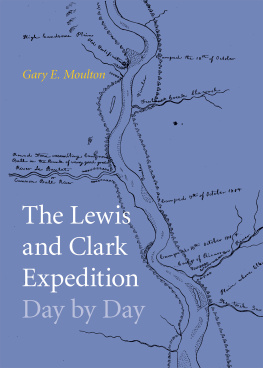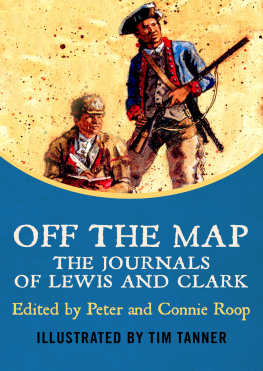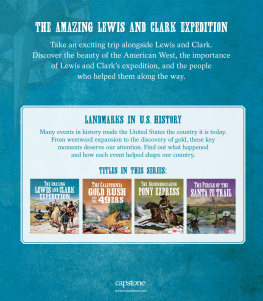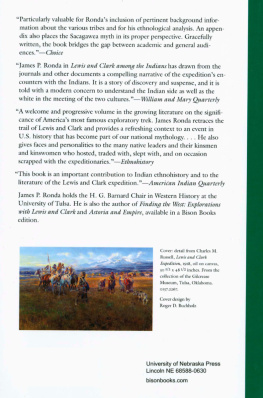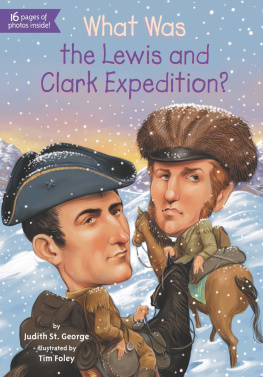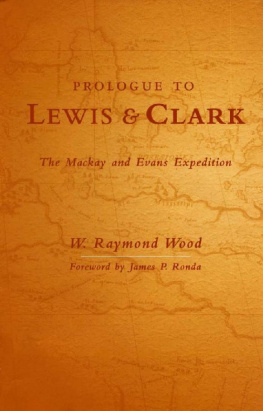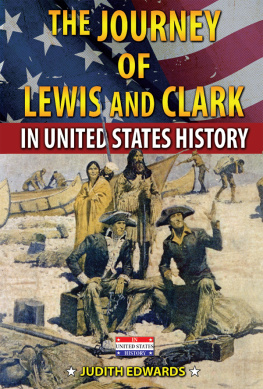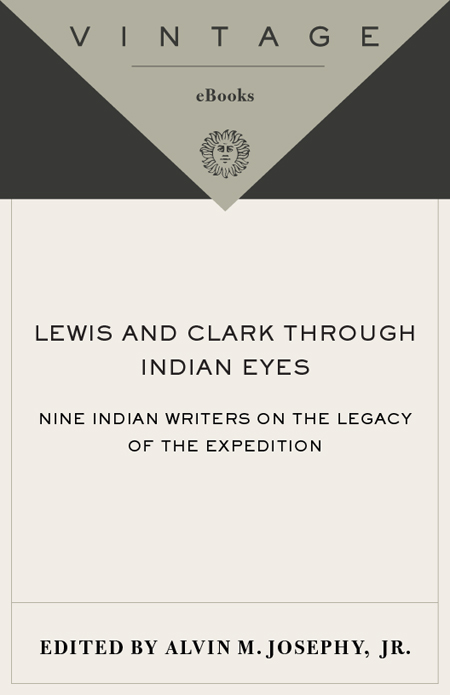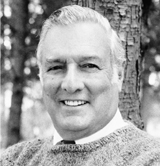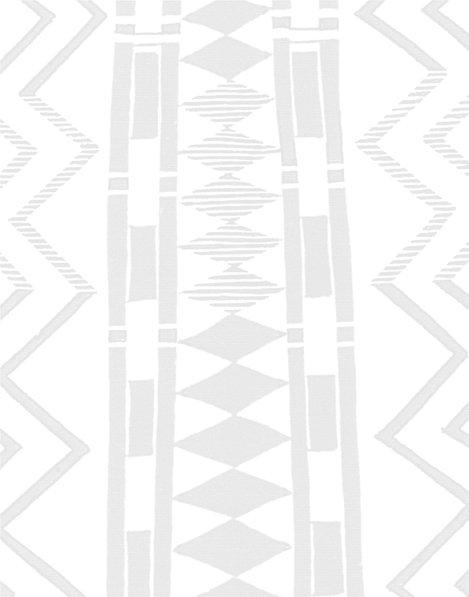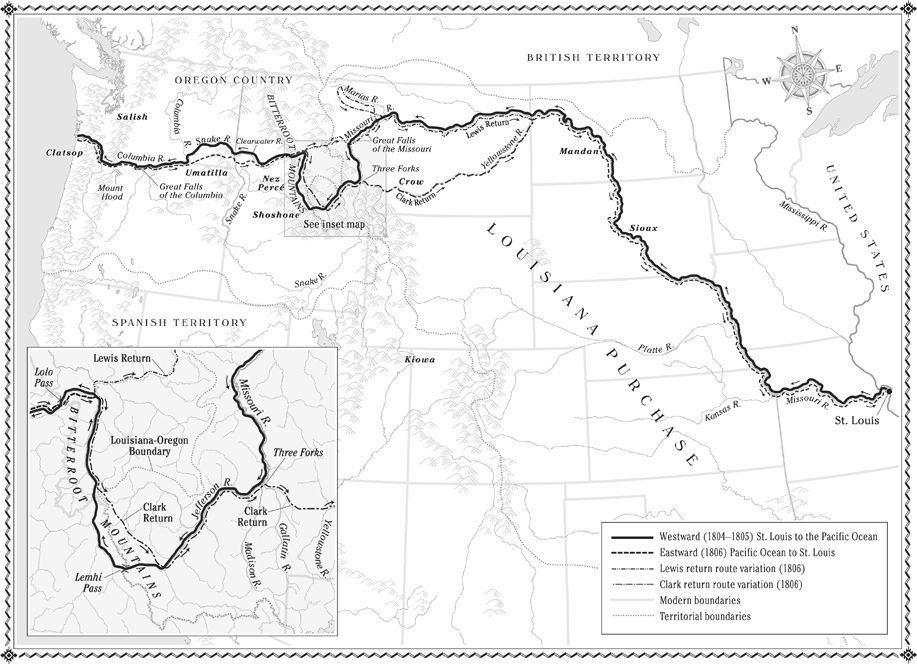Alvin M. Josephy Jr. - Lewis and Clark Through Indian Eyes
Here you can read online Alvin M. Josephy Jr. - Lewis and Clark Through Indian Eyes full text of the book (entire story) in english for free. Download pdf and epub, get meaning, cover and reviews about this ebook. year: 2006, publisher: Knopf, genre: Art. Description of the work, (preface) as well as reviews are available. Best literature library LitArk.com created for fans of good reading and offers a wide selection of genres:
Romance novel
Science fiction
Adventure
Detective
Science
History
Home and family
Prose
Art
Politics
Computer
Non-fiction
Religion
Business
Children
Humor
Choose a favorite category and find really read worthwhile books. Enjoy immersion in the world of imagination, feel the emotions of the characters or learn something new for yourself, make an fascinating discovery.

- Book:Lewis and Clark Through Indian Eyes
- Author:
- Publisher:Knopf
- Genre:
- Year:2006
- Rating:5 / 5
- Favourites:Add to favourites
- Your mark:
Lewis and Clark Through Indian Eyes: summary, description and annotation
We offer to read an annotation, description, summary or preface (depends on what the author of the book "Lewis and Clark Through Indian Eyes" wrote himself). If you haven't found the necessary information about the book — write in the comments, we will try to find it.
Among those who speak: Newspaper editor Mark Trahant writes of his childhood belief that he was descended from Clark and what his own research uncovers. Award-winning essayist and fiction writer Debra Magpie Earling describes the tribal ways that helped her nineteenth-century Salish ancestors survive, and that still work their magic today. Montana political figure Bill Yellowtail tells of the efficiency of Indian trade networks, explaining how axes that the expedition traded for food in the Mandan and Hidatsa villages of Kansas had already arrived in Nez Perce country by the time Lewis and Clark got there a few months and 1,000 miles later. Umatilla tribal leader Roberta Conner compares Lewis and Clarks journal entries about her people with what was actually going on, wittily questioning Clarks notion that the natives believed the white men came from the cloudsin other words, they were gods. Writer and artist N. Scott Momaday ends the book with a moving tribute to the most difficult of journeys, calling it, in the truest sense, for both the men who entered the unknown and those who watched, a vision quest, with the visions gained being of profound consequence.
Some of the essays are based on family stories, some on tribal or American history, still others on the particular circumstances of a tribe todaybut each reflects the expeditions impact through the prism of the authors own, or the tribes, point of view.
Thoughtful, moving, provocative, Lewis and Clark Through Indian Eyes is an exploration of historyand a study of survivalthat expands our knowledge of our countrys first inhabitants. It also provides a fascinating and invaluable new perspective on the Lewis and Clark expedition itself and its place in the long history of our continent.
Alvin M. Josephy Jr.: author's other books
Who wrote Lewis and Clark Through Indian Eyes? Find out the surname, the name of the author of the book and a list of all author's works by series.


